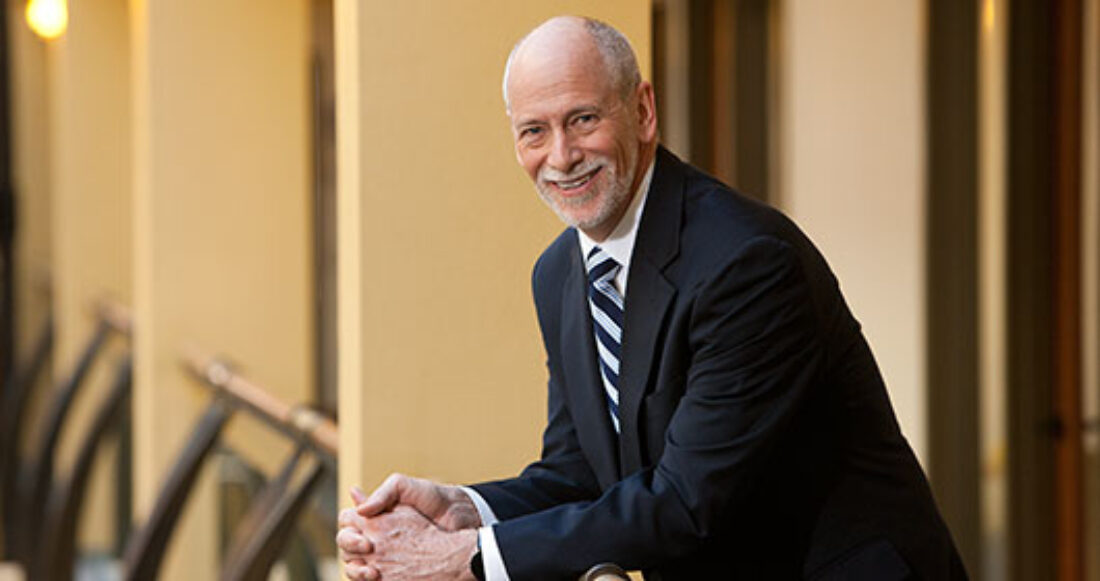Focusing on the Factors that Help Kids Succeed

Today, 12,000 babies will be born in the United States or come here to grow up. Each one is full of potential and all of them deserve the opportunity to realize it.
As the father of four, I remember each time I settled one of my children into his or her crib for the first time, filled with a sense of hope and joy mixed with awe and terror. My wife Cate and I hoped we would know, and be able to do, the right things to enable these small bundles to become all they held the promise to become. They are young adults now and each is forging ahead strongly.
Their progress pleases me but it also gives me pause. It is not just my children or children born into similarly well-resourced families who deserve to succeed. Millions of children have their futures compromised before they are even born because their families are poor, they live in neighborhoods that are disconnected from opportunity, their opportunities are constrained by racial disparities or they experience trauma and toxic stress. Some will defy the odds through unusual grit and focus. But success in this country should not require heroic effort or extraordinary luck.
I am privileged to lead an organization whose mission is to ensure that every child has the strong start in life that will enable him or her to succeed. Working with countless partners and allies, we are committed to ensuring that children, their families and the communities they live in thrive.
At the Casey Foundation, we focus on the factors with the greatest influence on a child’s chances to succeed.
Family
Children do best when they grow up in loving and resilient families, and there is no substitute for the guidance and sense of belonging that a strong, capable family provides.
We work to ensure that all kids have a lifelong family connections. We support public system reforms and practices that help children and youth involved in the child welfare and juvenile justice systems stay connected to their families and that limit the time they spend in group or institutional care.
Community
Families need thriving neighborhoods to support their financial success and their children’s development.
We help communities become nurturing places to raise a family, with stable housing, effective schools, vibrant businesses and supportive services. We forge partnerships to promote family-focused communities and we fund initiatives that demonstrate the positive impact of this approach.
Opportunity
The best pathway out of poverty is a job that pays family-supporting wages and benefits. And the best preparation for finding and keeping a job is to get a good education, starting from the earliest learning experiences through a postsecondary credential.
We support a wide range of efforts to ensure that parents can access job training, quality child care and other supportive services that help them overcome barriers to employment. We also help families build savings and receive all the benefits for which they qualify as they become self-sufficient.
Our goals are ambitious.
We strive to use our resources to achieve the transformative changes needed so that all children and families in this country can succeed.
We are driven by a relentless focus on data and results. Casey holds itself and its partners accountable for making a measurable difference for the largest number of children and families possible, promoting strategies backed by solid evidence. Strong leadership makes all the difference, so we work to develop the leaders that reforms demand and the tools they need to succeed. We help communities build the capacity for long-term change and invest in state and federal policy reforms that contribute to more efficient and effective public systems and services.
The Foundation always has been a champion for better outcomes for disadvantaged kids. Yet despite decades of progress, our work is far from done because too many children and families still are struggling to succeed. In the years ahead, we will continue to identify new opportunities to leverage our experiences, new developments in the field, the energy of new leaders and the potential of new partnerships to generate solutions that can help the nation realize the potential of millions of kids who would otherwise be left behind.





